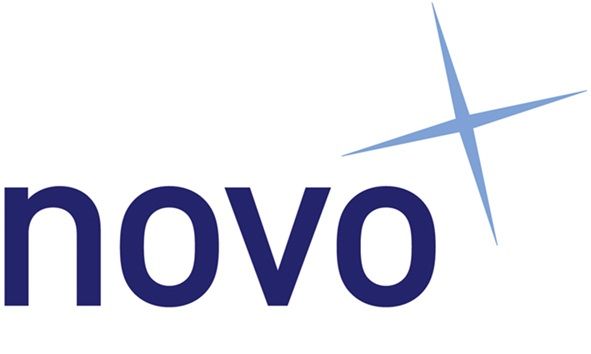Why Hiring Strategy Starts with Culture
When a Shiny CV Isn’t Enough
It’s easy to be dazzled by credentials. A candidate can walk in with Ivy League degrees, flawless references, and a career glittering with results. Yet three months later, that same hire can feel like the wrong fit. Not because they lacked skill, but because they couldn’t connect with the culture.
Think of it like signing a star footballer who refuses to pass the ball, the talent is there, but the team falters.
Culture isn’t a soft detail. It’s a hard-edged factor that can decide whether strategies thrive or stall. Research consistently shows that culture shapes trust in leaders, team engagement, and whether plans translate into results. Hiring for skills alone is no longer enough. Overlooking culture is a strategic risk.
Why Culture Matters When Hiring
Attraction Happens Before the CV Arrives
Today’s professionals are savvy. They research companies long before they hit “apply.” A Glassdoor survey found 77% of candidates consider culture first, with more than half saying it matters more than pay.
Take Patagonia. Their culture of environmental responsibility isn’t just a marketing tagline; it attracts talent who want to be part of something purpose driven. In the UK, millennials and Gen Z are even more values-driven: 73% won’t apply unless company values align with their own.
If your hiring strategy ignores culture, you risk filling seats with people who can do the job but won’t stay or thrive.
Retention Rests on Fit, Not Just Skill
The numbers are stark: 90% of employers say cultural fit is critical when hiring for leadership roles, and 73% of employees leave because of poor alignment.
We’ve seen it first-hand. A global manufacturer once hired a technically brilliant COO. Within a year, his direct style clashed so sharply with the collaborative culture that trust eroded, and performance stalled. The company faced an expensive, disruptive reset.
By contrast, when a leader aligns with culture, decisions flow, teams engage, and momentum builds quickly.
Culture Is Behaviour in Action
Culture isn’t mission statements on the wall. It’s how meetings are run, how conflict is handled, and what behaviours get rewarded.
Take Netflix. Their “freedom and responsibility” mantra plays out in real behaviours: leaders are expected to trust teams and cut bureaucracy. Candidates who thrive there don’t just say they’re entrepreneurial, they live it daily.
That’s why some boards present candidates with real dilemmas — regulator pressure, departmental conflict, sustainability trade-offs. Their instincts in those moments reveal more than any polished CV.
How to Build Culture into Executive Hiring
Step 1: Define It Clearly
Too often boards fall back on vague words like “innovative” or “collaborative.” But culture lives in practice. Is decision-making centralised or shared? Do you reward bold risk-takers or steady consensus-builders?
Research by the Chartered Management Institute shows that unclear expectations are a leading cause of failed leadership transitions. Precision matters.
Step 2: Assess Through Real Scenarios
Asking “Do you share our values?” invites a rehearsed answer. Instead, boards need to test candidates in situations mirroring the business: balancing cost with sustainability, managing conflict, or responding to regulatory pressure.
One financial services firm we worked with ran scenario-based interviews. The leaders who thrived weren’t just smart; they instinctively made choices that mirrored the company’s way of working.
Step 3: Keep Checking After Appointment
Hiring isn’t the finish line. Culture drifts over time, and even well-matched leaders need support. PwC’s research highlights that ongoing alignment checks, surveys, 360 feedback, informal conversations, are vital. Small cracks spotted early are far easier to repair than fractures left unchecked.
Extended onboarding, executive coaching, and cultural mentoring in the first year can make the difference between a leader who flounders and one who flourishes.
Culture as a Safeguard Against Strategic Risk
Hiring for skills alone might deliver a short-term win. Hiring for culture builds long-term resilience. Investors notice, regulators notice, and employees feel it.
Look at Microsoft’s turnaround under Satya Nadella. By shifting the company from a “know-it-all” to a “learn-it-all” culture, he reignited innovation and trust. Cultural alignment didn’t just make people happier; it restored competitive edge.
On the flip side, examples of early exits due to cultural mismatch are everywhere. The cost isn’t just financial, it’s wasted time, damaged morale, and lost momentum.
Why It Matters More Than Ever
Boards today face relentless pressure: digital disruption, ESG demands, political instability, activist investors. In every case, culture is the lens through which leaders make decisions.
A leader who fits culturally cuts through the noise with clarity. A leader who can’t amplify uncertainty at the worst possible moment. For global businesses, the stakes are higher still: leaders must uphold core values while flexing across diverse markets.
Final Thoughts
Culture is one of the clearest predictors of whether leadership appointments succeed or fail. Skills and experience matter, but without cultural alignment, they are not enough.
At Novo Executive Search, we put culture at the centre of every assignment. We don’t just find leaders with impressive CVs. We identify the ones who will resonate with your culture, build trust quickly, and strengthen the way your organisation works.
Because in the end, the best hire isn’t just the one who can do the job. It’s the one who helps your culture thrive.












